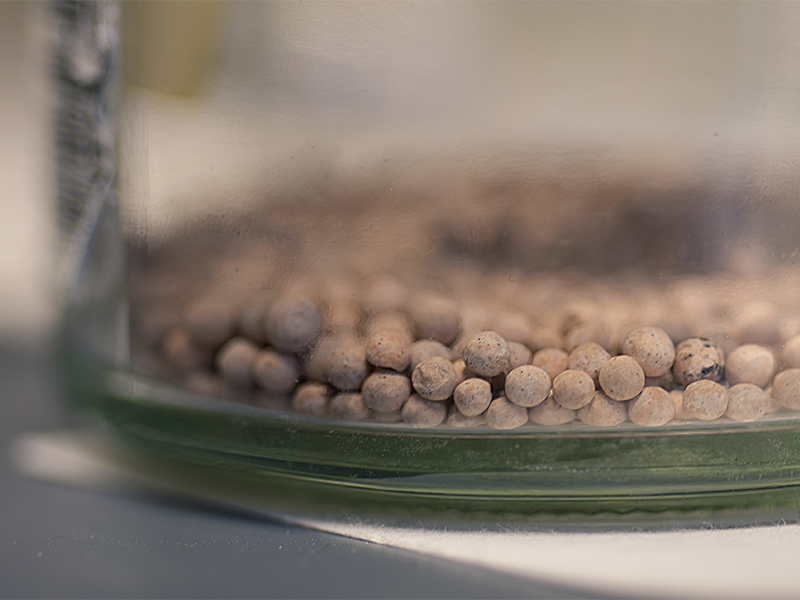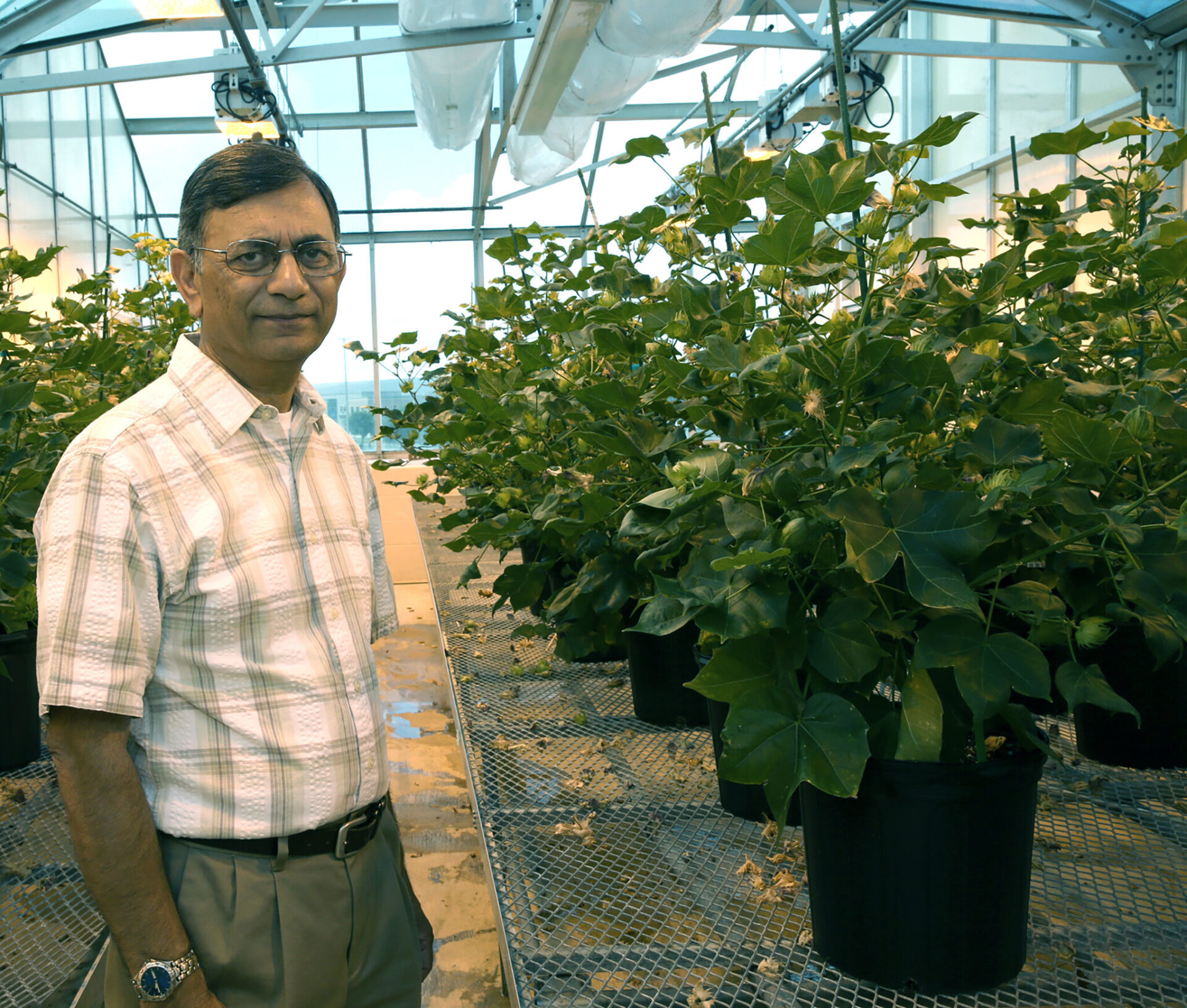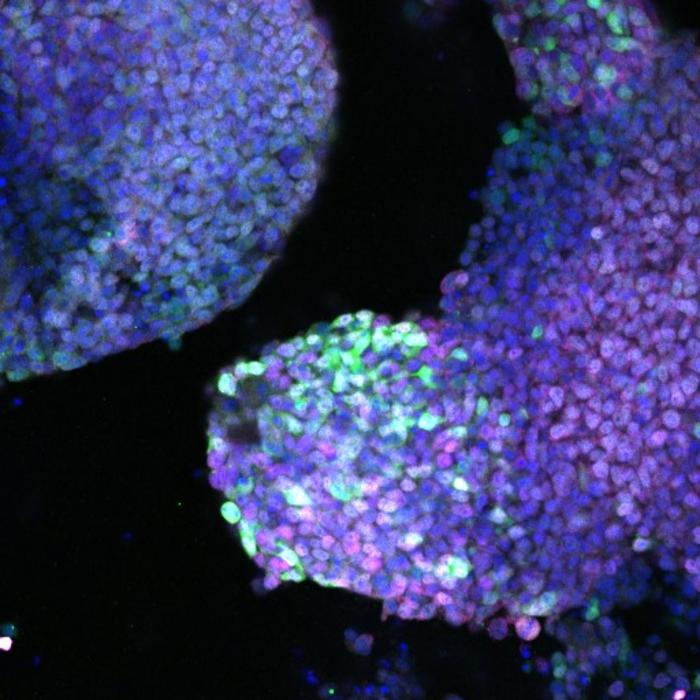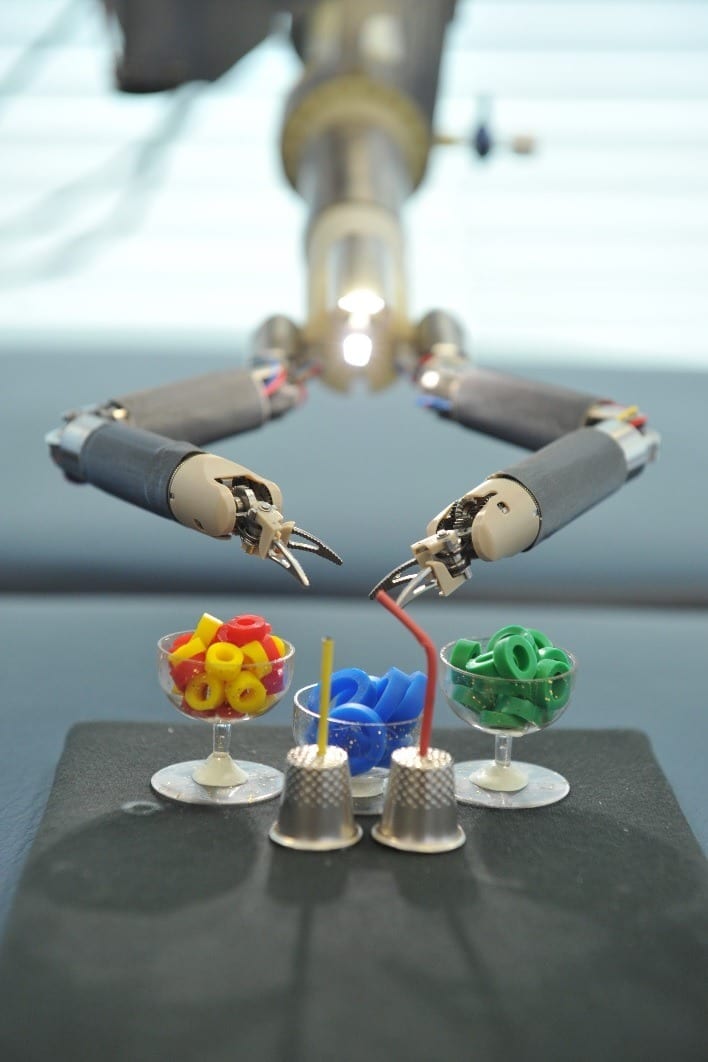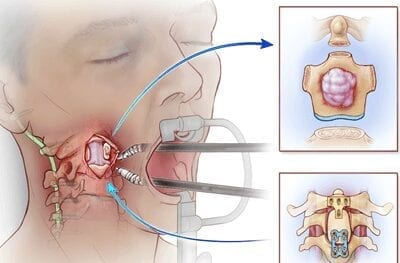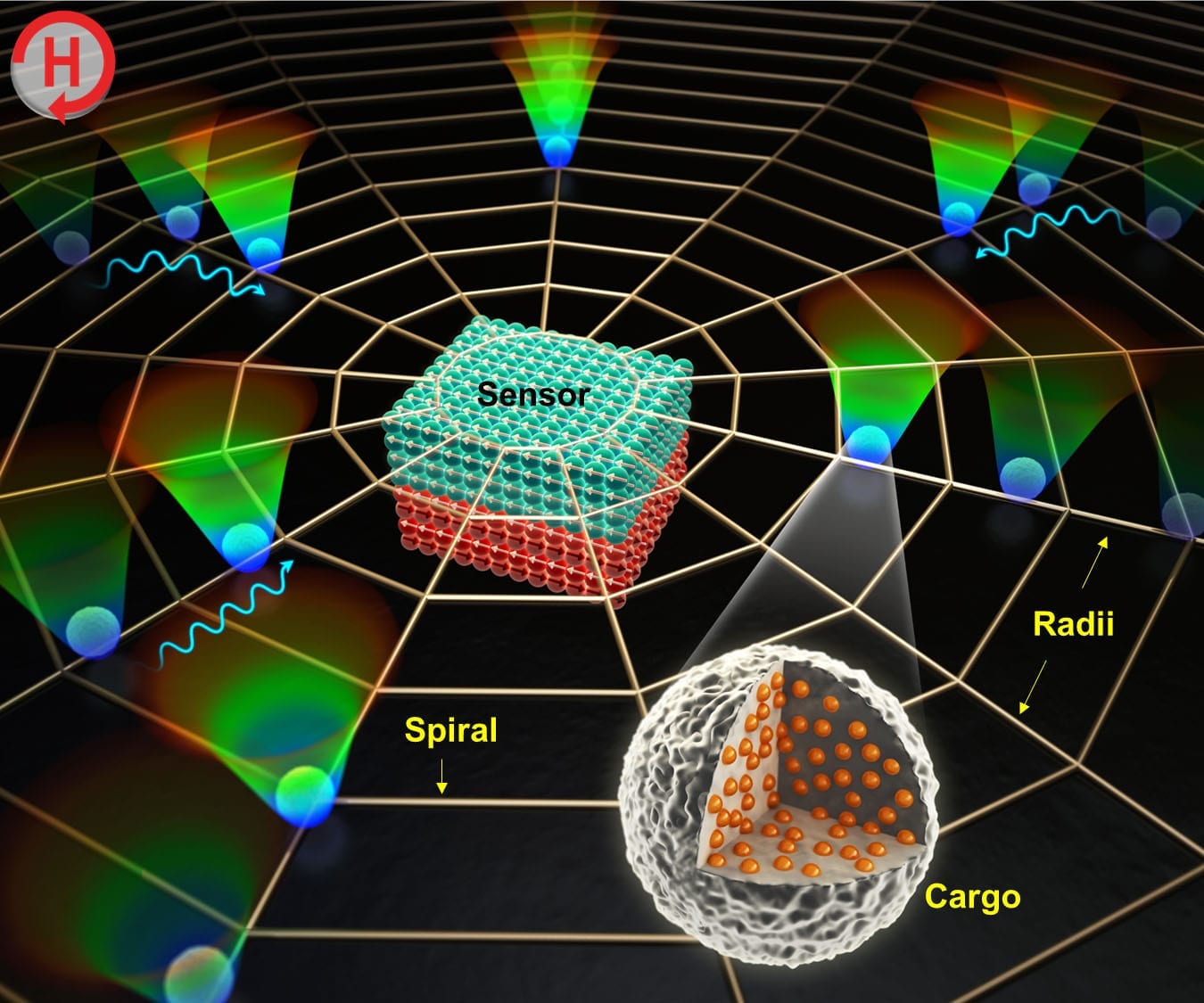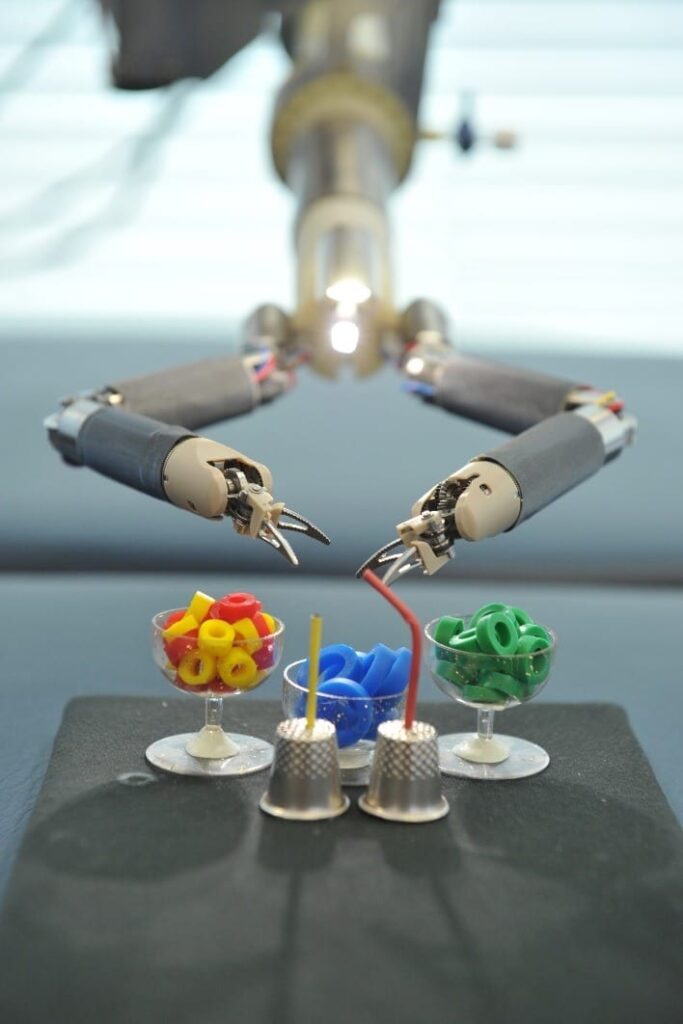
Copyright : NISI (HK) Limited
Researchers in Hong Kong have developed a novel surgical robotic system that provides tactile feedback and is capable of single-incision and natural orifice (incision-free) robotic surgery. The system minimizes surgical trauma and is safer than currently available robotic systems.
The new system applies the expertise of systems engineer Professor Yung Kai Leung from The Hong Kong Polytechnic University in making precision instruments for outer space, with valuable input on robotic surgery from Professor Yeung Chung Kwong, honorary clinical professor at the University of Hong Kong. They developed a robotic system that has arms driven by internal micromotors and up to ten degrees of freedom in movement. It has been tested in three consecutive animal surgeries: most recently for conducting a one-hour-long gall bladder removal in a live pig.
Currently there is only one dominant surgical robotic system on the market. The system is expensive and has many limitations, including the need for multiple incisions, lack of tactile feedback and bulkiness. Furthermore, it is not designed for natural orifice—or incision-free—robotic surgery. By contrast, the new robotic system can be inserted into a single, small incision or even a natural orifice and expanded inside the human body to perform various surgical operations.
The robotic arms are driven by custommade micromotors adjacent to the end-effectors, allowing them to be operated with high precision and providing good feedback to the surgeon on the amount of force applied.
The team plans to continue to test the new robotic system in animal and cadaver models in more complicated procedures, using a single-incision and natural-orifice approach. Their objective is to apply this system to various robotic surgeries in humans in the near future.
Researchers at The Hong Kong Polytechnic University are experienced in making innovative sophisticated instruments for deep space exploration missions. Their work has led to the production of small-sized, lightweight and high-precision instruments. They are now working on applying these space technologies for civilian purposes. The robotic surgical system is one obvious example of this and they hope it will allow for minimally invasive surgery, enhancing patient well-being.
Learn more: Space technologies improve surgeries back on earth
[osd_subscribe categories=’robotic-surgery’ placeholder=’Email Address’ button_text=’Subscribe Now for any new posts on the topic “ROBOTIC SURGERY’]
The Latest on: Robotic surgery
[google_news title=”” keyword=”robotic surgery” num_posts=”5″ blurb_length=”0″ show_thumb=”left”]- Robotic-assisted Knee Replacement Surgeries at Manipal Hospital Varthur Road
Manipal Hospital Varthur Road hosted a special focused group discussion for senior citizens, aiming to raise awareness about osteoarthritis (joint pain) and robotic-assisted surgeries for total knee ...
- SS Innovations Achieves Pediatric Milestone with First Infant Pyeloplasty Using SSi Mantra Surgical Robotic System
SS Innovations International, Inc. (the “Company” or “SS Innovations”) (OTC: SSII), a developer of innovative surgical robotic technologies dedicated to making robotic surgery affordable and ...
- Fredericksburg robotic surgeon hits major milestone of 1,500 cases
Thomas is a practiced hand at this type of operation with high-dollar and high-tech instruments. In less than 10 years, he’s performed more than 1,500 such surgeries, including almost 200 locally ...
- Local robotic surgeon hits major milestone of 1,500 cases
They decided to move things up a decade or so, and searched for a position — where he could again do robotic surgery — in the Commonwealth. He and his wife picked Spotsylvania Regional Medical Center, ...
- Hyderabad: Sudanese national undergoes robotic surgery at Medicover
The blood loss was very minimal. Post-operatively, the patient recovered well from renal failure as the obstruction for both the ureters was relieved.
via Google News and Bing News

